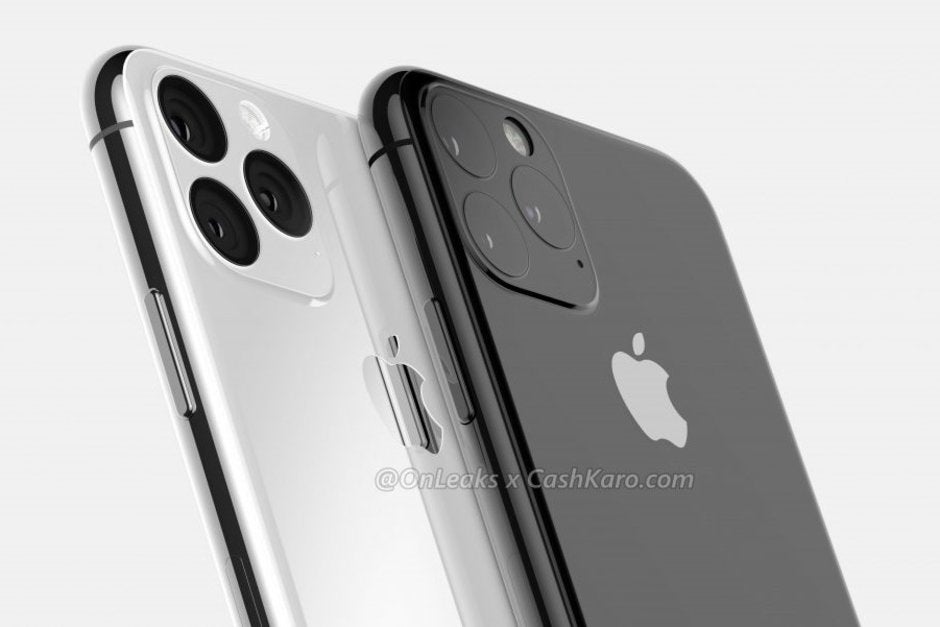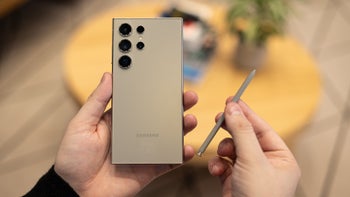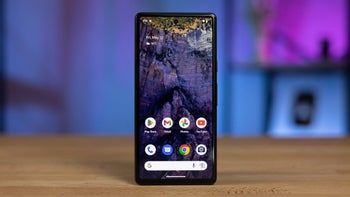2020 iPhones: OLED displays, different sizes, 5G support on two models

Apple iPhone XS and XS Max
New display sizes and OLED panels for all
As previous reports have indicated, Kuo believes Apple will permanently ditch LCD displays on its lineup of smartphones starting next year. The move means the budget flagship and equivalent to the iPhone XR will feature an OLED panel, much like Apple’s premium models. Although not specified, the upgraded display will likely be accompanied by a noticeable bump in resolution that’ll put the phone on par with the iPhone XS and iPhone XS Max. Apple doesn’t, however, have any intention of changing the size of the display.
Per Kuo’s investor note, the 2020 iPhone XR will retain the 6.1-inch diagonal found on the current-gen model. But due to the noticeably thinner bezels that OLED panels allow for, the smartphone will probably be quite a bit smaller. Joining Apple’s budget flagship next year should be the successors to the iPhone 11 and iPhone 11 Max. So far, the Cupertino-based company has retained 5.8-inch and 6.5-inch diagonals for these models, but next year they will reportedly decrease and increase respectively to 5.4-inches and 6.7-inches.

OLED displays will become standard
Rumor has the 2020 premium models will feature thinner bezels and potentially no notch. If true, the 6.7-inch device will probably be the same size as the iPhone XS Max despite the slightly larger display, while the 5.4-inch version could be closer to the iPhone 8 in terms of size rather than the iPhone X and XS.
5G connectivity but only for the premium models
Moving away from the physical changes and over to the internal side of things, Kuo also voiced his predictions about 5G connectivity on next year’s iPhones. Specifically, he believes the technology will be limited to the 5.4-inch and 6.7-inch devices next year, both of which will support sub-6GHz and mmWave spectrum – the latter is what’s currently being deployed across the United States. According to Kuo’s timeline of 5G connectivity at Apple, support for the networks won’t extend to the company’s budget flagship until the next-gen model is launched in 2021.
Throughout the coming years, Ming-Chi Kuo expects Apple to rely heavily on Qualcomm’s supply of modems. By 2022 or 2023, however, the company’s in-house 5G modem should be ready for use inside devices, at which point the Silicon Valley-based company will likely begin reducing the amount of business it conducts with existing suppliers. In the meantime, Ming-Chi Kuo expects Apple to use its own antenna and power amplifier designs.
iPhone cameras are Apple's focus this year
As mentioned in the opening paragraph, Apple’s hardware upgrades this year focus primarily on the front and rear cameras of the iPhone 11 series. All three models are expected to receive an all-new 12-megapixel selfie snapper while over on the rear each device will gain an extra camera.

iPhone 11 & iPhone 11 Max CAD-based render
If reports are to be believed, the entire lineup will feature a main 12-megapixel sensor on the rear accompanied by a 2x telephoto zoom camera that also offers a 12-megapixel resolution. In both cases, optical image stabilization is to be expected. Then, as an exclusive feature on the iPhone 11 and iPhone 11 Max, a new super-wide-angle lens with support for a 120-degree field of view will reportedly be present. This sensor should once again sport a 12-megapixel resolution but it’ll apparently ditch the optical image stabilization due to current hardware limitations.









Things that are NOT allowed: